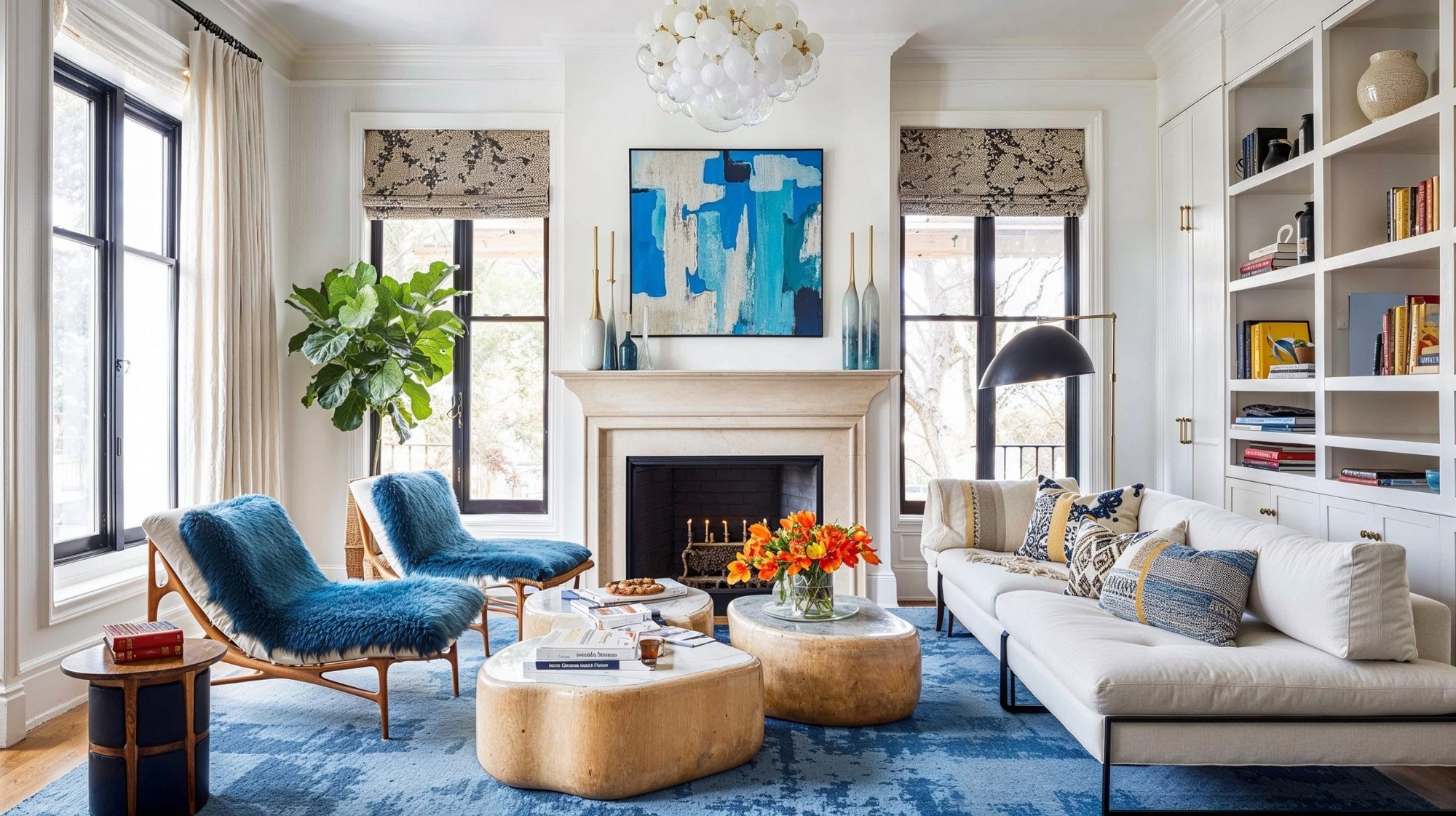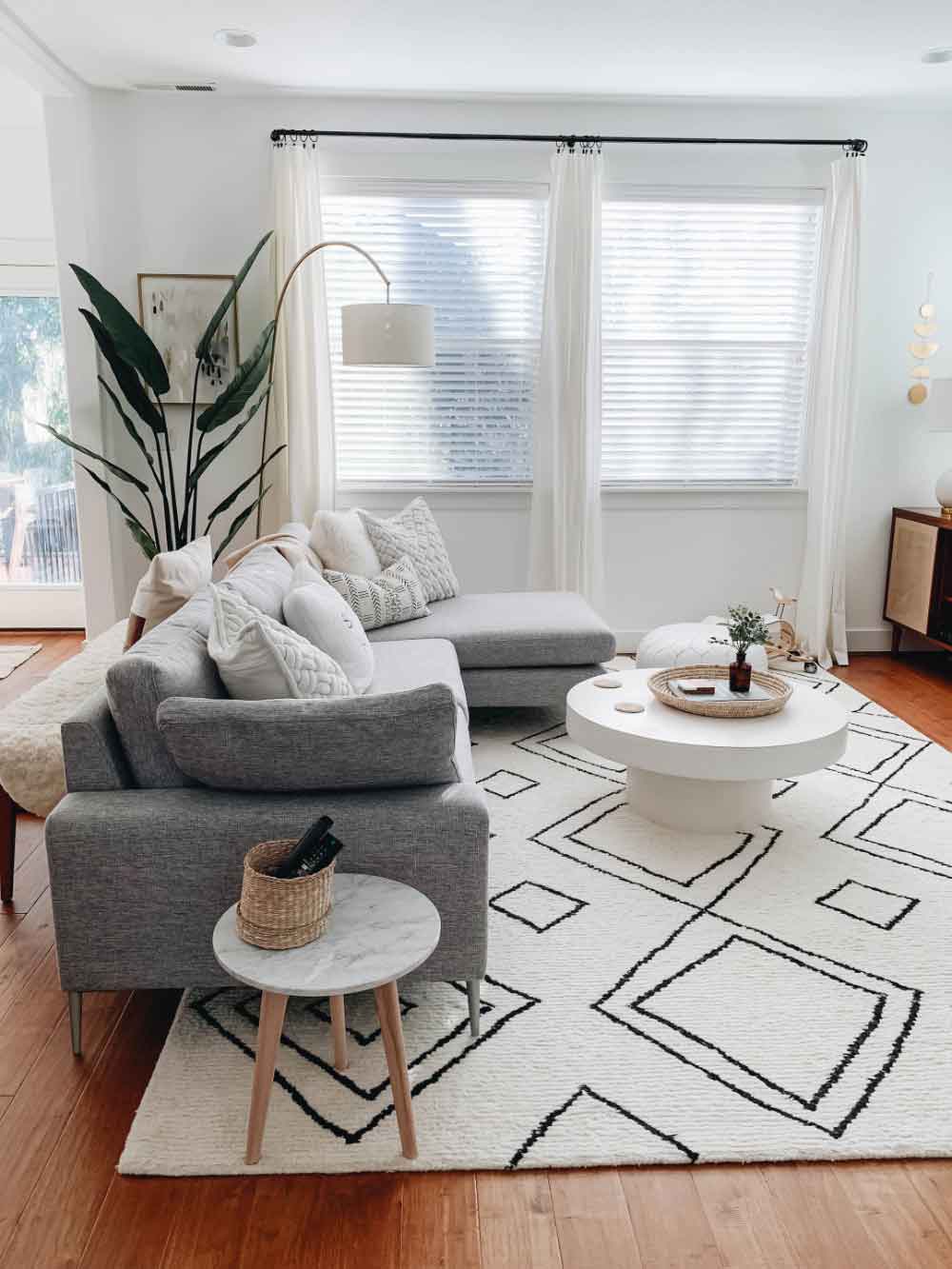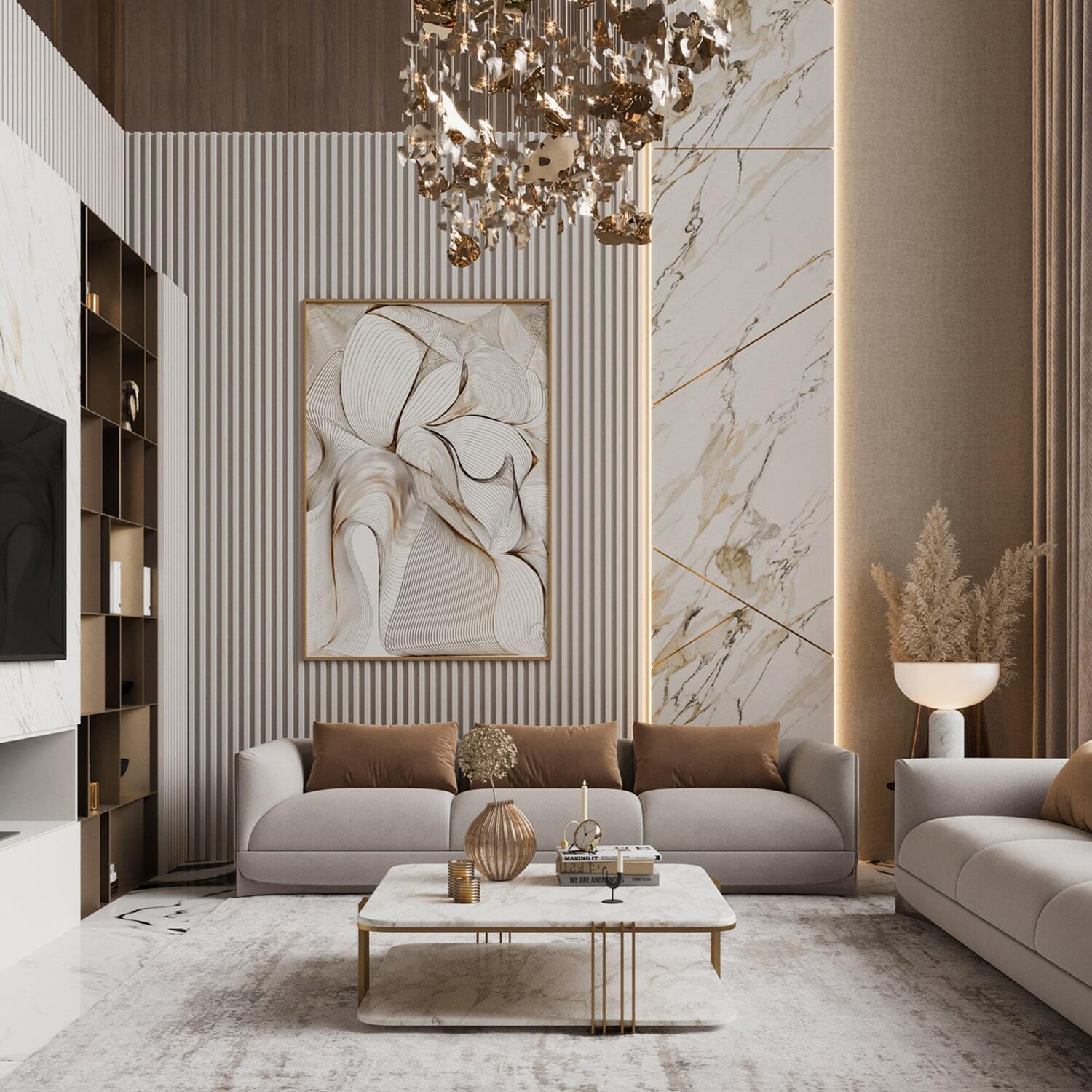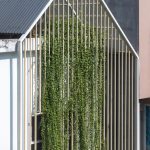Creating an aesthetically pleasing and functional living room is an art. Interior design experts share some golden rules to achieve a well-designed and comfortable space.

A cozy and stylish living room with a comfortable sofa and elegant decor.
Choose the Right Sofa: The Focal Point of Your Room
The sofa is the largest and most important piece of furniture in the living room. Opt for a sofa that is too big, and the room will feel cramped. Go for a smaller one, and the space will look unbalanced. Consider replacing your old sofa if it no longer fits the overall style of the room to avoid a mismatched look.

A stylish living room with a blue sofa and elegant decor.
Avoid Turning Your Living Room into a Showroom
Resist the temptation to buy furniture sets as displayed in showrooms. Doing so may make your living room look more like a store than a home. Instead, mix and match styles and sources to create a unique and personalized space that reflects your taste.
The Magic of Rugs, Art, and Lighting
Rugs are not just accessories; they help define the conversation area. Opt for rugs that are 2–3 meters long to create a harmonious look. Smaller rugs can make the space feel disjointed. Similarly, wall art should be hung at the right height, typically at about 3/4 of the wall’s height from the floor. When it comes to lighting, layer different sources such as natural light, overhead lights, and lamps to create a warm and inviting atmosphere, avoiding harsh lighting.

A stylish living room with a blue sofa, rug, and elegant decor.
Create a Functional Layout
Arrange your sofa, coffee table, and chairs in a way that encourages conversation and makes daily life easier. Pulling the sofa away from the wall slightly can make the room feel more spacious. Avoid pushing all the furniture against the walls, as it can create an imbalanced look.
The Devil is in the Details
Throw pillows, flowers, scented candles, and table lamps can add character to your living room. However, use them sparingly to avoid a cluttered look. Utilize empty walls with floating shelves, art, or greenery to add depth and interest.

A stylish living room with a blue sofa, rug, and elegant decor, including a table lamp and throw pillows.
Invest Wisely for Longevity and Savings
Avoid the mistake of splurging on luxurious items that are rarely used or choosing cheap, low-quality furniture that needs frequent replacement. Opt for high-quality, durable pieces that offer the best value for your money and will stand the test of time. This is the most effective way to save costs in the long run.
Designing a living room is about more than just arranging furniture; it’s about creating a balance between functionality, aesthetics, and emotions. A well-designed living room that is bright, comfortable, and functional will bring a sense of warmth and leave a lasting impression on your family and guests.
Abandoned House Transforms into a Bright and Green Living Space
Nestled deep in a small alley in Hanoi, this old abandoned house has been planned for renovation instead of being rebuilt in order to minimize waste, save the cost of transporting construction waste, and ensure the safety of the neighboring houses.


































